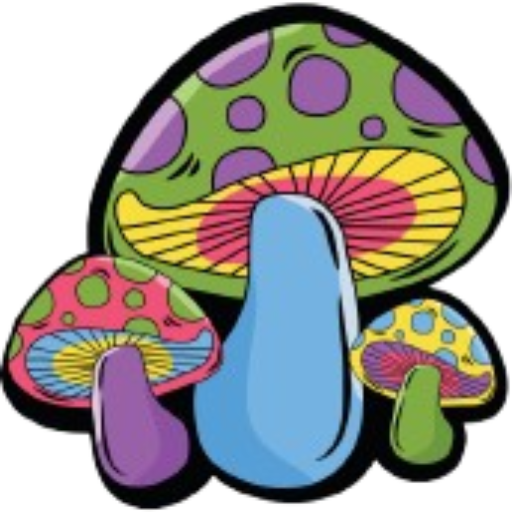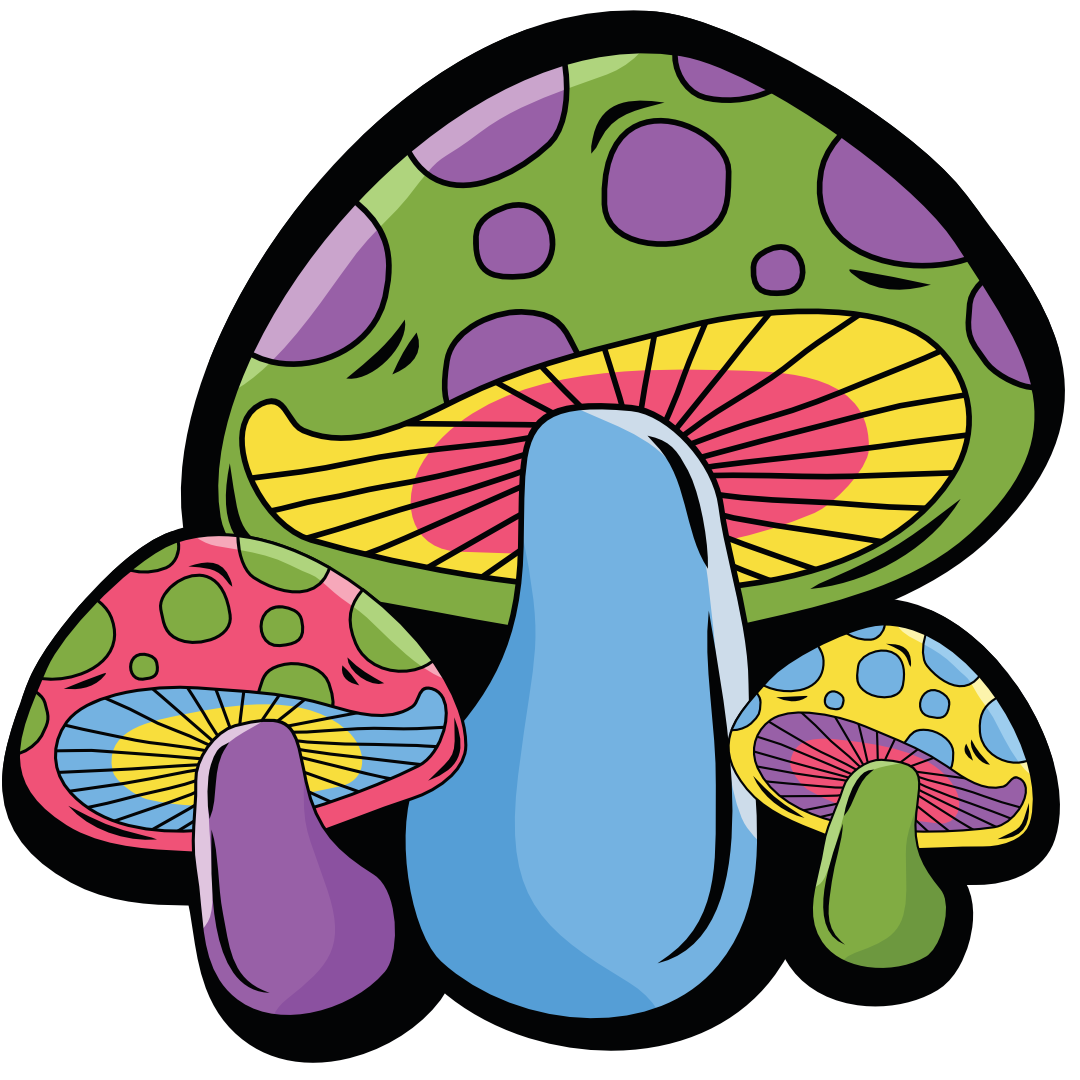Psilocybin is a natural psychedelic compound made by over 200 types of fungi1. It changes into psilocin in the body, causing effects like LSD and DMT1. These effects include feeling happy, seeing things that aren’t there, and changing how you see things. You might also feel like time is moving differently or have deep spiritual feelings1.
The effects of psilocybin can last from two to six hours1. People have used these mushrooms in religious rituals for thousands of years1.
Albert Hofmann, a Swiss chemist, first found psilocybin in 1958 from the mushroom Psilocybe mexicana1. Sandoz then sold pure psilocybin to doctors all over the world for therapy1. Early studies at Harvard University in the 1960s, led by Timothy Leary, showed psilocybin could be useful in psychiatry1.
Introduction
Psilocybin is a special compound found in over 200 types of fungi. The Psilocybe genus has the strongest kinds2. It quickly turns into psilocin in the body, causing effects like LSD, mescaline, and DMT2. People might feel happy, see things that aren’t there, and have a changed view of time2.
A Centuries-Old History
Psilocybin mushrooms have been used for thousands of years, with a rich history2. Art and artifacts from Mesoamerica and Europe show they were important in spiritual and divination rituals2. In the 16th century, Spanish writers noted how native groups in Mexico used them, like the Nahua and Zapotecs2.
After the Spanish took over, using these mushrooms was banned. But, they became popular again in the 1960s and 1970s as an entheogen2.
These mushrooms grow in places like meadows and woods, in warm and tropical areas2. They can be found on every continent, mostly in humid forests2.
“Psilocybin mushrooms have a history of use among the native peoples of Mesoamerica, particularly for religious communion, divination, and healing.”
Chemical Composition and Structure of Psilocybin
Psilocybin is a special tryptamine alkaloid with the chemical formula C12H17N2O4P3. It comes from the neurotransmitter serotonin3. Psilocybin doesn’t work on its own but turns into psilocin in the body, which is the active part3. Psilocin and psilocybin are like serotonin and have similar structures3.
Psilocybin is found in certain mushrooms like Psilocybe, Panaeolus, and Copelandia3. Over 50 species have this compound3. Psilocin works with serotonin receptors in the brain3.
Psilocin and psilocybin are banned substances under international law34. They are seen as highly addictive and not used in medicine, so they’re very strictly controlled4.
Psilocybin’s unique makeup makes it very interesting to scientists and the public35.
| Compound | Molecular Weight (g/mol) | Receptor Interactions | Legal Status |
|---|---|---|---|
| Psilocybin | 284.3 | Inactive, rapidly converted to psilocin | Schedule I controlled substance |
| Psilocin | 204.3 | Acts as 5-HT1A, 5-HT2A, and 5-HT2C agonist | Schedule I controlled substance |
Research on psilocybin and psilocin shows how they affect the brain and could help with health issues54.
How Psilocybin Works in the Brain
Psilocybin, a natural psychedelic, works by interacting with the 5-HT2A serotonin receptor in the brain6. After being taken, it quickly turns into psilocin. Psilocin then affects these serotonin receptors, especially the 5-HT2A one7. This action changes how we see things, makes us see things that aren’t there, and changes our sense of time7.
Mechanism of Action
Psilocin, the active part of psilocybin, connects to and turns on the 5-HT2A serotonin receptors in the brain8. This is what mainly causes the psychedelic effects, making the brain more active and improving how it works together6. Psilocybin also works with other brain chemicals like dopamine and glutamate, adding to its effects6.
Effects on Serotonin Receptors
Serotonin is a key brain chemical that helps control mood, how we see things, and think6. Psilocybin changes how serotonin works by affecting the 5-HT2A receptor. This leads to changes in brain waves, memory, and how we think6. Studies show that psilocybin can also lower serotonin receptors in the rat brain, changing how signals move through the brain and lasting for a while6.
Research and clinical trials are looking into how psilocybin can help with depression, anxiety, and addiction8. Its unique way of working in the brain and on serotonin makes it an exciting area for new treatments768.
Dosage and Effects of Psilocybin
The effects of psilocybin can change based on the mushroom type, how much you take, your body, and the setting9. You might take 1 to 5 grams of dried mushrooms, which can last 2 to 6 hours9. Psilocybin is not very toxic, but different mushrooms can be more or less potent9.
Dosing and Potency
There are over 200 types of magic mushrooms, and they start to work in 15-45 minutes9. Psilocybin is safe for studies, with doses of 8–25 mg by mouth and 1–2 mg through a vein10. Researchers have looked at how different doses affect healthy adults11. They also studied how psilocybin affects the heart11.
Short-term Effects
Eating magic mushrooms can make you feel more emotional and change how you see things9. You might also feel your heart race, get dry mouth, or feel weak9. Studies have shown that psilocybin changes brain activity in certain areas10.
Long-term Effects
We don’t know much about the long-term effects of psilocybin yet9. But, it seems it doesn’t lead to addiction, and it’s not harmful in the long run9. Researchers are looking into using it to help with depression11. Studies show it can help people feel better and change their brain activity11.
“Psilocybin, a key component of magic mushrooms, is being researched for potential therapeutic uses in treating mental health disorders.”
Health Canada has rules for using psilocybin for health reasons, like through clinical trials or special programs11.
| Psilocybin Dosing and Effects | Details |
|---|---|
| Typical Dose Range | 1 to 5 grams of dried mushrooms |
| Duration of Effects | 2 to 6 hours |
| Potency Variations | Over 200 species of magic mushrooms, varying potency |
| Short-term Effects | Heightened emotions, distorted reality, increased heart rate and blood pressure, dry mouth, muscle weakness |
| Long-term Effects | Limited research, no evidence of physical or psychological dependence, potential therapeutic benefits for mental health disorders |
What is psilocybin
Psilocybin is a psychedelic compound found in over 200 types of fungi, especially in the Psilocybe genus12. It changes into psilocin in the body, causing effects like LSD and DMT, including feelings of joy, seeing things that aren’t there, and changing how you see things1213.
People have used psilocybin for spiritual and divinatory ceremonies for a long time, especially in Mesoamerica13. In 2019, 1.6% of Australians over 14 had tried psychedelics in the past year, and 61% of them tried psilocybin12.
When eaten, magic mushrooms start to work in 30 minutes, or in 5–10 minutes if taken as a soup or tea12. These effects can last about four to six hours12. Using psilocybin a lot can make you less sensitive to its effects12.
Risks and Precautions
Using magic mushrooms can lead to feelings of agitation, vomiting, and muscle weakness12. Taking them with other drugs can make the effects even more unpredictable and dangerous12.
There’s not much known about withdrawal from magic mushrooms, but eating poisonous mushrooms can be very dangerous12. If you think you ate poisonous mushrooms, call the Victorian Poisons Information Centre right away12.
Prevalence and Use
In 2021, 7.4 million Americans over 12 used hallucinogens like psilocybin13. Young adults aged 18–25 were most likely to use them13. Psilocybin mushrooms are often used by teens and young adults at parties, clubs, and college14.
These mushrooms have about 0.2 to 0.4 percent psilocybin and some psilocyn14. The University of Michigan’s Monitoring the Future Survey found 9.2 percent of high school seniors in the US tried hallucinogens at least once, and 2 percent used them in the past month14.
Legal Status
Legal Status and Regulations
Psilocybin, found in some mushrooms, has different legal status worldwide. It and its form psilocin are Schedule I substances under the UN Convention on Psychotropic Substances. This means they are mostly illegal to make, sell, or have without permission in most places, including Canada15.
But, things are changing. Some places are looking into psilocybin’s health benefits and might make it legal for medical or research use. For instance, in 2020, Oregon made “magic mushrooms” legal for health treatment in certain settings15. Alberta, Canada, also plans to allow psilocybin and other drugs for medical therapy15.
Global Legal Status
Psilocybin and psilocin are Schedule I substances, but mushrooms with psilocybin aren’t mentioned in the UN Convention15. This makes their legal status unclear in many places. In some areas, like parts of Canada, these mushrooms are still targeted by the law, even with ongoing clinical trials16.
In 2022, Colorado made psilocybin mushrooms legal, following Oregon’s lead in 202015. Australia also approved psilocybin and MDMA for treating PTSD and depression15.
Psilocybin and psilocin’s legal situation is complex, with varying rules and efforts around the world. As research on their health benefits grows, we can expect more changes in laws17.
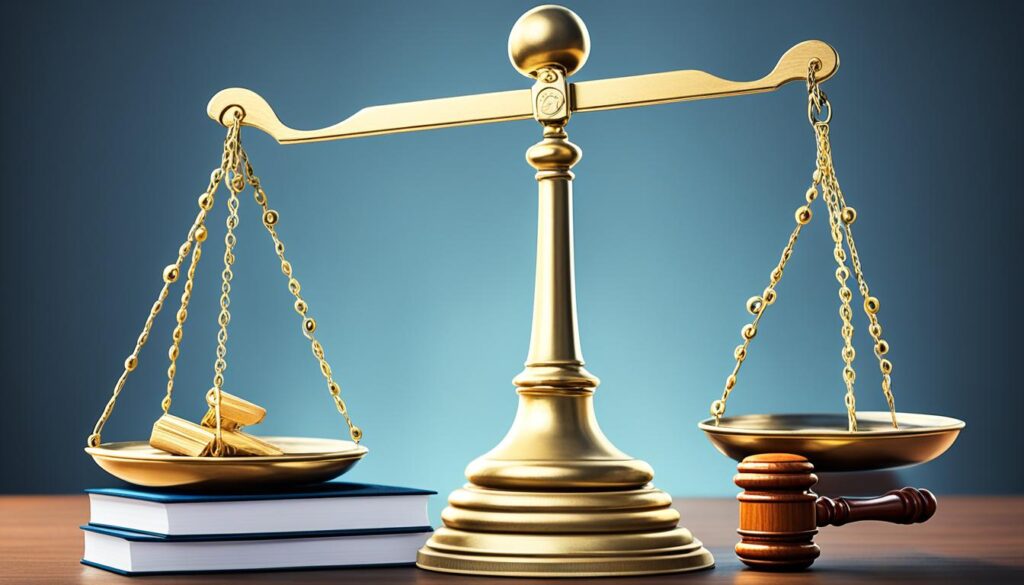
Risks and Precautions
Using psilocybin mushrooms can lead to potential adverse effects like anxiety, panic attacks, and confusion18. High doses can cause “bad trips” and “flashbacks”19. People with mental health issues or heart problems might face more risks20.
There’s not much research on how psilocybin interacts with other drugs or health conditions20. But, those with mental health issues like schizophrenia or bipolar disorder should be careful20. Also, mixing psilocybin with other drugs like alcohol or amphetamines is not safe20.
| Potential Adverse Effects | Contraindications and Interactions |
|---|---|
|
|
“Psilocybin can be a powerful and potentially transformative substance, but it is not without risks. It’s essential to approach its use with caution, respect, and under the guidance of qualified professionals.”
The risks of psilocybin include many negative effects on the mind and body192018. If you’re thinking about trying psilocybin, talk to a healthcare provider first. They can tell you about the psilocybin potential adverse effects and psilocybin contraindications1920.
Therapeutic Potential of Psilocybin
Psilocybin, found in certain mushrooms, is being studied for its healing uses. Studies show it might help with depression, anxiety, and more21. It could also help with substance use issues21.
A 2017 study showed psilocybin could be very helpful21. It has reduced depression and anxiety in people with serious illnesses21. It’s also shown promise in helping people quit smoking and drinking too much21.
Psilocybin might help with obsessive-compulsive disorder too21. A study found it quickly eased anxiety and depression in cancer patients21. It’s also being looked at for easing cancer-related stress21.
Some people with treatment-resistant depression have seen positive changes after psilocybin therapy21. It could also make people more connected to nature and less likely to hold extreme political views21.
Even though psilocybin looks promising, it’s not yet approved for medical use anywhere21. More research is needed to make sure it’s safe and works well21.
Clinical Trials and Research
Research on psilocybin has picked up again after a 25-year break22. The new studies are looking at its safety and how it helps with mental health22.
A review of old studies found most patients got better after using psychedelics for mood issues22. Another review from the 1950s and 1960s showed LSD could help with alcohol addiction22. A recent study found psilocybin made people feel better than a common drug22.
Several studies have shown psilocybin can quickly and lastingly reduce anxiety and depression in cancer patients22. It has also helped with other conditions like obsessive-compulsive disorder and alcohol addiction22. Psilocybin works differently than regular antidepressants, which is interesting22.
Psilocybin could be a new way to treat Alcohol Use Disorder23. It can change brain chemistry and help people behave and think better23. Researchers think it could be a good alternative to current treatments for addiction23.
While psilocybin shows promise, it’s not yet approved for medical use. More studies are needed to understand how safe and effective it is.
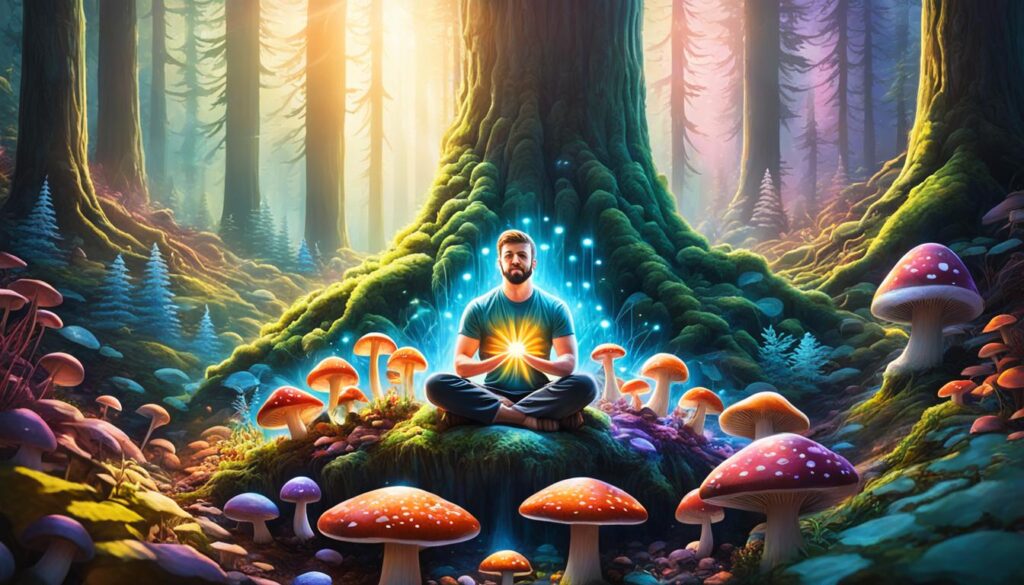
Cultural and Spiritual Use
Psilocybin mushrooms have a deep history in spiritual and divination ceremonies, especially in Mesoamerican cultures24. The Aztecs called them “teonanácatl,” meaning “divine mushroom.”24 After the Spanish arrived, these mushrooms were banned from traditional rituals. Yet, they became popular again in the 1960s and 1970s for their spiritual benefits24. Today, people still value their cultural and spiritual significance.
Entheogenic practices use psychoactive substances for spiritual growth, developed by indigenous tribes over centuries25. In Gabon, the iboga plant is key to the Bwiti religion, offering deep spiritual experiences25. Iboga can affect people for up to 48 hours, leading to vivid hallucinations25. Ayahuasca ceremonies in South America last 4 to 6 hours, bringing intense healing and a mystical state25. Kava, legal in the U.S. outside of religious use, is known for its calming effects25. In Oaxaca, Mexico, psilocybin mushrooms are used for healing and community rituals, helping users see things from new angles25.
Psilocybin mushrooms have a rich history in the spiritual and healing practices of indigenous communities worldwide2425. As we explore the psychedelic renaissance, there’s a chance for Indigenous peoples to teach us about using these plants wisely26.
“Psilocybin is found in mushrooms such as the liberty cap (Psilocybe semilanceata) and about 186 other species.”24
Psilocybin mushrooms have a long history in spiritual and healing practices across the globe. As we move forward, we can learn from Indigenous peoples about using these powerful plants responsibly.
Sourcing and Cultivation
Now, growing psilocybin-containing mushrooms is easier thanks to more info on how to do it27. These mushrooms, like P. azurescens and P. cyanescens, make a lot of psilocybin and psilocin27. But, making, selling, and having these mushrooms is illegal in most places, including Canada, unless Health Canada says it’s okay28.
Choosing the right mushroom strain is key to growing them well. The strain affects things like how fast the mycelium grows, the color of the mushrooms, and how long they last27. Some strains can even make your harvest three times bigger27. For example, some cordyceps strains can give you 3.5 to 11.8 grams per jar, showing how important the strain is27.
There are many ways to grow mushrooms, like using logs, straw, or coffee grounds27. Sawdust or wood pellets are popular for growing mushrooms and need to be sterilized with steam27. You can buy or make your own spawn to grow the mycelium, and agar is used for storing mushroom strains or cloning27.
Even though growing psilocybin mushrooms is getting easier, knowing the laws about them is key28. As of January 5th, 2022, Health Canada said it’s okay to use drugs like MDMA and magic mushrooms for health reasons28. But, making, selling, and having these mushrooms is still illegal in most places unless Health Canada says it’s okay28.
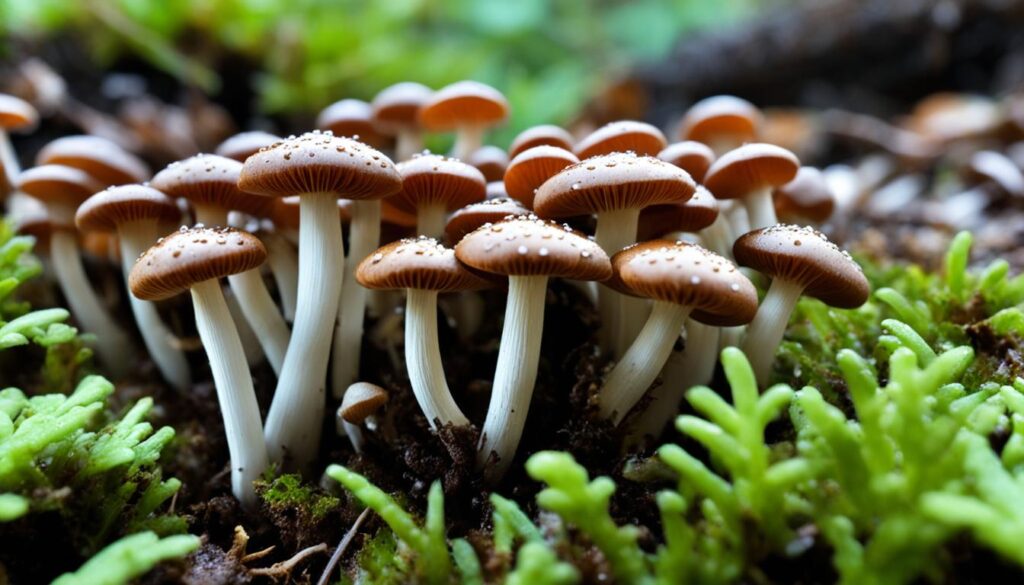
Ethical Considerations
There are big ethical questions about growing and using psilocybin mushrooms. On one side, they could help with mental health issues and are being studied a lot29. But, the worry is that people might use them just for fun, which could be bad for everyone’s health29.
As laws and rules about psilocybin mushrooms change, those growing and using them need to think about the right thing to do2829.
Ethical Considerations
Psilocybin and other psychedelics bring up big ethical considerations. They could help with health issues but are illegal in most places. This makes it hard to study them safely30.
Researchers and those making laws need to think hard about the good and bad sides. They aim to make rules that keep people safe and allow safe studies on psilocybin30.
Creating nonsubjective psychedelics is tricky. Some worry that the effects might not be needed for healing. They could even be bad for some people with past mental health issues30.
- A study showed psilocybin quickly helped reduce anxiety and depression in cancer patients31.
- Another study found psilocybin greatly lowered depression and anxiety in cancer patients31.
- Psilocybin helped treat depression that didn’t respond to other treatments, a six-month study showed31.
- A study found psilocybin could be a good option for treating depression that doesn’t get better31.
| Therapeutic Potential | Findings |
|---|---|
| Psilocybin for Cancer-related Anxiety and Depression | Rapid and sustained symptom reduction in anxiety and depression31 |
| Psilocybin for Treatment-resistant Depression | Effective in reducing depression with psychological support31 |
Money from the military and companies is going into making new psychedelics. This could lead to big scientific and medical wins30.
Researchers want to know if psychedelics work because of the special states they cause. They’re testing this with anesthesia to learn more30.
Studies will keep helping us understand how psychedelics work. This will help us decide if they’re really helpful. It’s important for talking about ethics in medicine30.
“Certain mental health disorders with limited treatment options could benefit from psychedelic treatments, particularly underserved populations, emphasizing the need for diversity in clinical trials.”32
The FDA has given guidance on how to approve psychedelic drugs. They point out the need for special rules because of these drugs’ unique nature32. The FDA also says it’s important to watch over people closely when they’re taking these drugs32.
We need to think carefully about using psilocybin and other psychedelics. We want to make sure they’re developed in a way that’s safe and fair for everyone3032.
Conclusion
Psilocybin is a psychedelic found in over 200 types of fungi. It has a long history in spiritual and divination ceremonies33. Despite being a Schedule I substance in many countries, including Canada, it shows promise for treating mental health issues34.
But, psilocybin use comes with risks like bad psychological effects and interactions with other drugs34. As research goes on, those in charge of policy and healthcare must think about the ethics of using psilocybin. They need to create rules that protect public health and safety while exploring its benefits34.
Psilocybin is a complex substance with a deep history and a bright future in mental health care333534. Its legal status and rules are changing, but scientists are eager to learn more about it. They aim to use it to improve human health and happiness.
FAQ
What is psilocybin?
What are the effects of psilocybin?
What is the history of psilocybin use?
How does psilocybin work in the brain?
What is the legal status of psilocybin?
What are the potential risks and precautions with psilocybin use?
What is the therapeutic potential of psilocybin?
How are psilocybin-containing mushrooms sourced and cultivated?
What are the ethical considerations surrounding psilocybin use?
Source Links
- Psilocybin
- Psilocybin mushroom
- Hallucinogenic mushrooms drug profile | www.euda.europa.eu
- Psilocin
- Psilocybin – an overview | ScienceDirect Topics
- Neural mechanisms underlying psilocybin’s therapeutic potential – the need for preclinical in vivo electrophysiology
- How psilocybin, the psychedelic in mushrooms, may rewire the brain to ease depression, anxiety and more | CNN
- Psychedelic Drugs Flatten the Brain’s Dynamic Landscape
- Psilocybin and psilocin (Magic mushrooms)
- Psilocybin – an overview | ScienceDirect Topics
- Therapeutic use of psilocybin: Practical considerations for dosing and administration
- Psilocybin – Alcohol and Drug Foundation
- Psilocybin and magic mushrooms
- Psilocybin Fast Facts
- Legal status of psilocybin mushrooms
- The Legal Status of “Magic Mushrooms” in Canada | Filkow Law
- Controlled Drugs and Substances Act
- Psilocybin (Shrooms)
- What Is Psilocybin Therapy? Risks, Benefits, and What to Expect
- Magic mushrooms as medicine – Alcohol and Drug Foundation
- The Therapeutic Potential of Psilocybin
- The Therapeutic Potential of Psychedelic Drugs: Past, Present, and Future – Neuropsychopharmacology
- Magic mushrooms really cause ‘spiritual’ experiences
- Drug cultures around the world
- Psychedelics, Spirituality, and a Culture of Seekership
- 2. Seven Stages of Cultivation – Cornell Small Farms
- The Introduction of Psilocybin Research Facilities in Canada Along With Air Filtration Requirements. Resource by Camfil, CANADA | Camfil Air Filters Canada
- Homebrewed psilocybin: can new routes for pharmaceutical psilocybin production enable recreational use?
- Ethical Issues Regarding Nonsubjective Psychedelics as Standard of Care
- Ethics and ego dissolution: the case of psilocybin
- Ethical Considerations for Clinical Trials of Psychedelics – ACRP
- Psilocybin – an overview | ScienceDirect Topics
- Clinical potential of psilocybin as a treatment for mental health conditions
